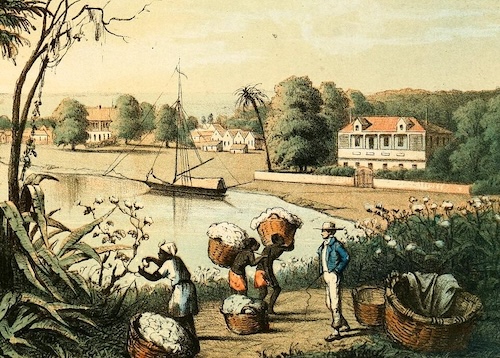Slavery existed in Africa long before Europeans arrived, but it worked differently than the system that developed in the Americas. In African societies, people could be enslaved for a number of reasons, such as owing a debt, losing a war, or committing a crime. These enslaved people were often treated as part of the household or community. In some cases, they could earn their freedom or see their children accepted into the family of the enslaver. Some even held important jobs or owned land. African slavery was limited in size and was not based on race or passed down through families.
When Europeans began transporting Africans to the Americas, they introduced a new kind of slavery. This system was called chattel slavery. In chattel slavery, enslaved people were treated as property with no rights. They could be bought, sold, or inherited, just like goods or livestock. Slavery became permanent, meaning people were enslaved for life. Their children and grandchildren were also enslaved. This system was extremely violent and dehumanizing. Families were separated, people were abused, and laws were created to keep them in bondage based on their race.
Chattel slavery became the system used in the American colonies. European traders and African captors kidnapped and transported millions of Africans to work in the colonies. The spread of chattel slavery shaped the economy and society of the colonies and had a deep impact on American history.

